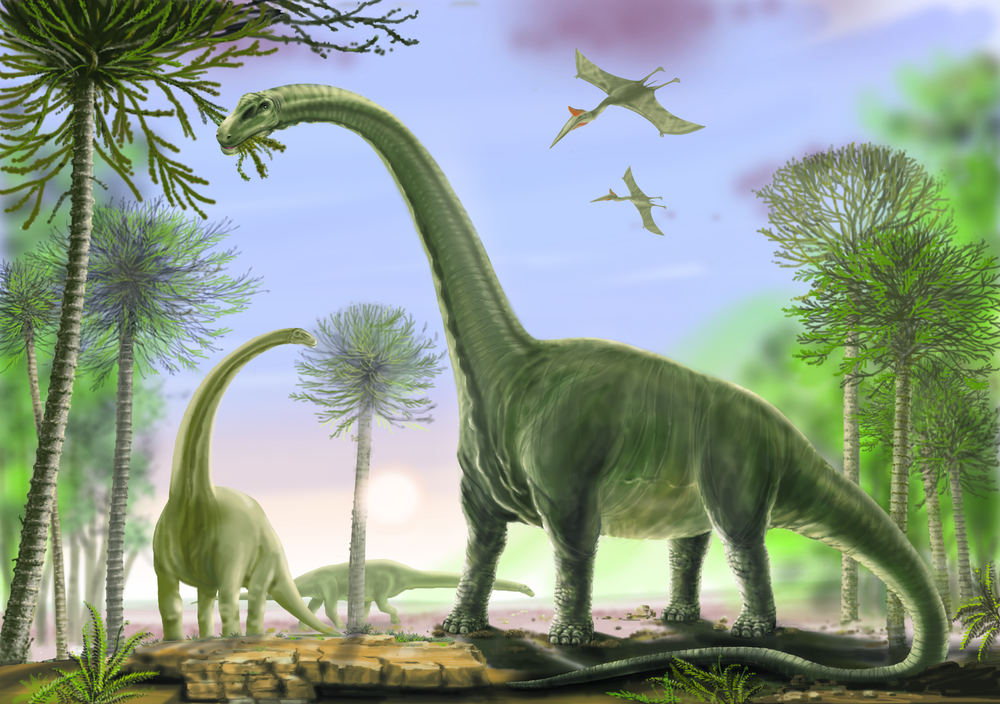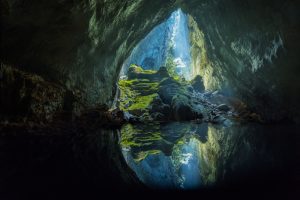
The remains of a gigantic creature and maybe even the world’s largest dinosaur fossils have been discovered in Argentina. The collection of bones belong to a 98 million-year-old titanosaur and they were found by paleontologists in Neuquén Province in Argentina’s northwest Patagonia, in thick, sedimentary deposits called the Candeleros Formation.
Also read: Earliest Known Cave Art Reveals Supernatural Hunters.
Paleontologists believe the remains could belong to the largest creature that ever walked the Earth, from the sauropod family of dinosaurs. These creatures were gigantic, had long necks and tails, pillar-like legs and they are believed to be the largest dinosaur species that ever existed.
While the paleontologists are still working on finding more bones to reconstruct the complete skeleton, the pelvic bones and vertebrae they did find are enormous and can indicate how big the creature really was.
Here are 5 Incredible Rock Formations on Earth. CLICK HERE to find out more about this topic.
Their findings were published in the journal Cretaceous Research, and researchers have confirmed the remains belong to ‘one of the largest sauropods ever found’. According to experts, the creature is even larger than the Patagotitan, a dinosaur species that lived 100 million years ago and measured 122 feet long.
As Alejandro Otero, a paleontologist with Argentina’s Museo de La Plata, told CNN, “It is a huge dinosaur, but we expect to find much more of the skeleton in future field trips, so we’ll have the possibility to address with confidence how really big it was.”
Titanosaur fossils have been discovered on all continents, except Antarctica, but the biggest varieties of larger species, including a 40 tons titanosaur, have been found in Patagonia. However, the researchers cannot indicate the creature’s weight just yet, as they need to analyze its humerus femur first.
Make sure to also check: The 500-year-old African Slaves’ Skeletons Tell a Painful Story.











































